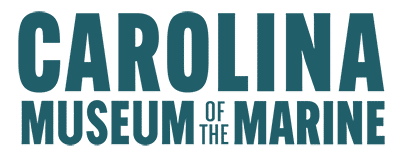Front and Center Vol 1 No 12 December, 2022
FRONT AND CENTER
Vol. 1, No 12, Decemer 2022
Mission
Honoring the legacy of Carolina Marines and Sailors and inspiring future generations.
A Message from the CEO
We continue to make great progress on building a world-class Museum. We are preparing to select a General Contractor and Exhibit Designer and the intent is to have the “Team” in place before the end of the year. It is an exciting time at the Carolina Museum of the Marine and the positive momentum gained through your continued support is much appreciated.
On the Al Gray Marine Leadership Forum front, we are finalizing a plan to develop course content that will be available through our website. We will keep all informed as this develops in the coming months. There is a great quote that captures the essence of what we are trying to do: “Never Doubt That a Small Group of Thoughtful, Committed Citizens Can Change the World; Indeed, It’s the Only Thing That Ever Has.” General Gray’s philosophy for is outlined below and it provides the cardinal direction that we are moving towards. It is well worth taking the time to read.
Fundraising to support operational activities remains a priority and for all those that have contributed, we are forever grateful. As you do your holiday shopping, we would like to highlight the use of Amazon Smile. You can designate “Museum of the Marine” as your charity and follow the detailed instructions to help you set properly set it up.
Thank you to Marine Federal Credit Union, Stevenson-Hendrick Toyota, Marine Chevrolet, Sanders Ford, Team Chevrolet, and National Dodge Chrysler Jeep Ram for your support in November.
Although a little early, we would like to wish all a Merry Christmas and a Happy New Year. 2023 is going to be a great year for the Carolina Museum of the Marine.
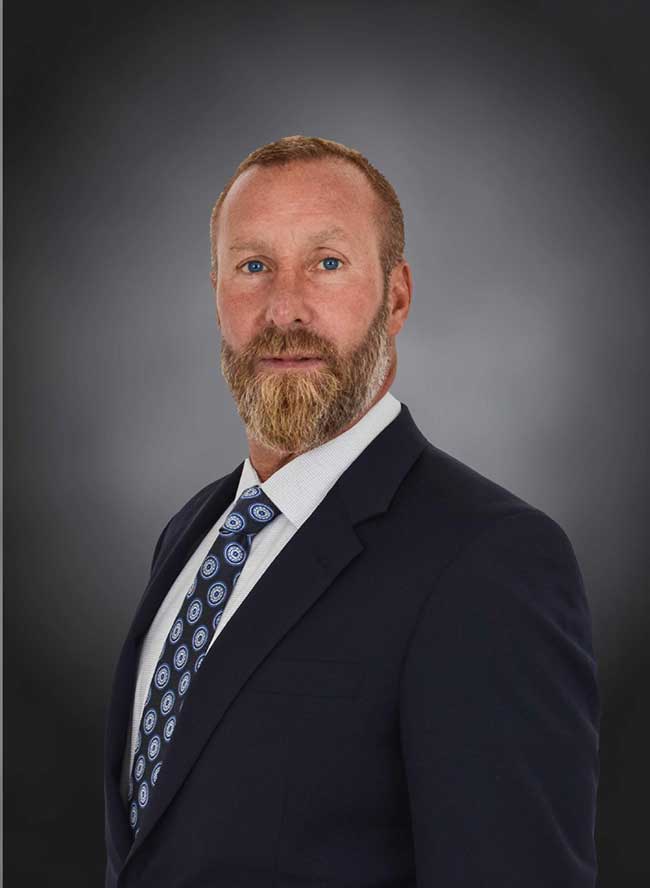
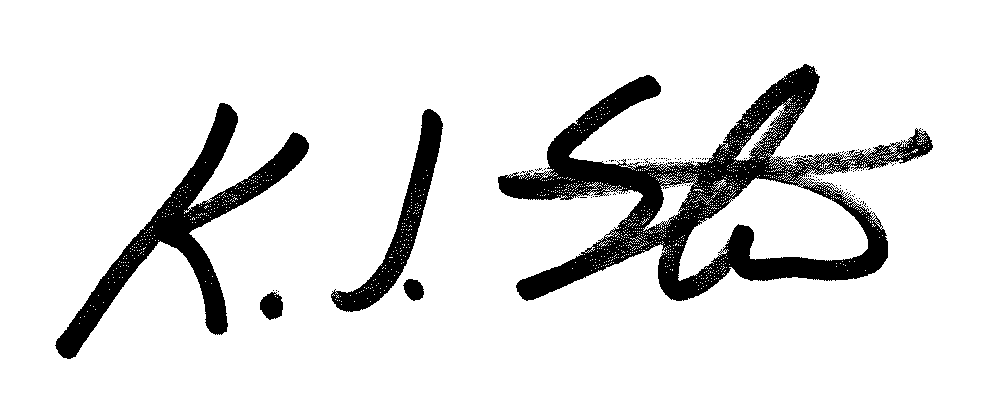
BGen Kevin Stewart, USMC (Ret)
Chief Executive Officer
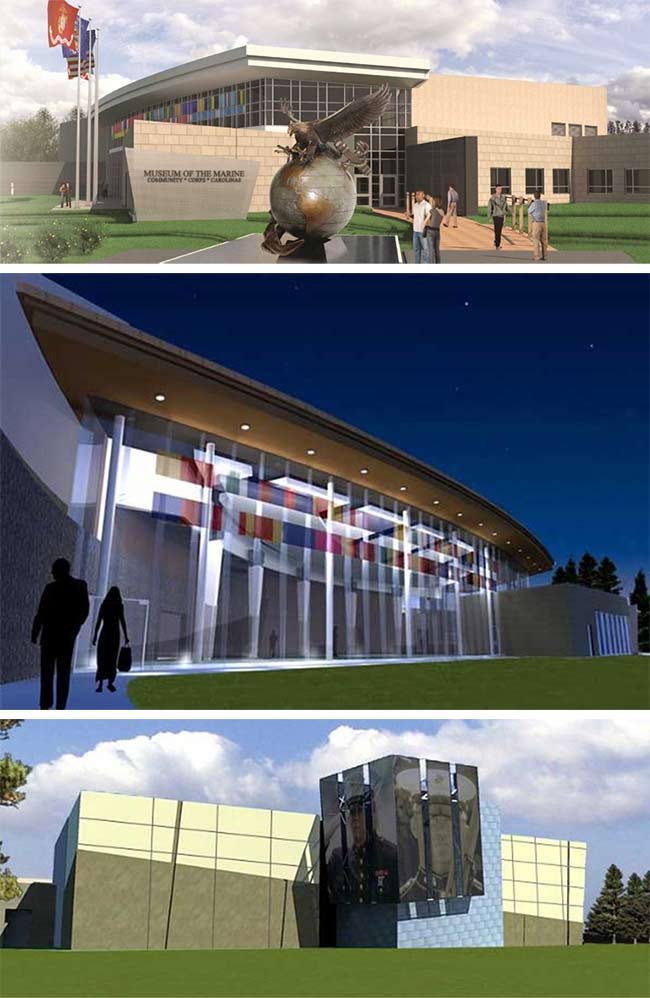
Situation Report: The Museum
A quick update on construction planning for the Museum
Responses to the RFP released for a General Contractor and Exhibit Designer were due 22 November. Based on submissions received, we have selected the following to execute “in-person” interviews the week of 5 Dec.

- Exhibit Design Firms Selected: 1) Gallagher Associates, 2) Ralph Applebaum Associates, and 3) Eisterholt Associates.
- General Contractors Selected: 1). Whiting Turner, 2) T.A. Loving, 3) Samet, and 4) New Atlantic.
We will keep you posted as the process moves forward, but we are on track to have the “team” in place by the end of the year.
Want to stay informed about our progress?
For more than 2,000 years, thinkers in the West have understood that in order for a people to govern themselves, they must be virtuous. In this tradition there are four cardinal virtues that identify a well-developed person: wisdom, courage, prudence, and justice. Since 1775, the United States Marine Corps has been integral to the security of our country, and integral to the mission of the Corps are the virtues of honor, courage, and commitment. We find in the Marines’ understanding of honor the fullness of the cardinal virtues that define not just a well-formed Marine, but a well-formed person and citizen.
The histories of the Marine Corps and of the United States Navy are graced with a wealth of examples of these virtues in action. This history is worthy of remembrance and respect, but in a time when there is a disagreement among Americans about what is virtuous, the example of our Marines and Sailors is particularly important. Carolina Museum of the Marine is dedicated to remembering and honoring the many achievements of Carolina Marines and Sailors, and to bringing those achievements to the American public as guides to the recovery of virtuous citizenship in America.
The English writer G.K. Chesterton famously wrote that “The true soldier fights not because he hates what is in front of him, but because he loves what is behind him.” In recent years, long-standing problems in our society have become acute, causing some to question the meaning of America and its place in the world. While these problems are now widely discussed, their causes are in dispute. If we consider the seeming ease with which people of all political persuasions are made to accept as true ideas that are clearly not true, and try to trace this phenomenon to its source, we come face-to-face with the problems of education.
If we are preparing our young people to live responsible and rewarding lives that contribute to the well-being of our communities, we must teach them how to think. People who cannot think competently and critically are susceptible to errors that are all too prevalent and so easily accessible. It is also the case that a people who do not honestly and accurately understand their history are like an individual who has lost his memory: they no longer know who they are.
While the problems of education do not capture completely the sources of our present troubles, they are important contributors. Unfortunately, study after study show that Civics education in the United States has become both less available and less effective when it is taught. This is why the Al Gray Marine Leadership Forum at Carolina Museum of the Marine is committed to teaching Americans to think competently and to approach our history with honesty and care. Clear thinking and careful preservation of history are critical elements of a society worthy of devotion and defense, for these disciplines are necessary to the preservation of a shared and valued way of life. Disentangling errors in understanding can be difficult, but most things worth doing are challenging. We wish to see ever more Americans come together to restore mutual respect, civil political discourse and social cooperation that are defining marks of a people worthy of freedom.
See General Al Gray’s Commander’s Intent for Al Gray Marine Leadership Forum on our website – and in the future Institute in Jacksonville, NC.
In Their Own Words…
CWO4 Houston Shinal, USMC (Ret) talks about
Honor, Courage, Commitment…
Al Gray Marine Leadership Forum Essays
The intent of these essays is to create civil discourse and spur thought. In line with our mantra of “teaching how to think, not what to think” these essays are complex, and the issues addressed are difficult to navigate without sparking some disagreements.
We welcome this, as we work to inspire principled and committed leaders.
On the Founding Principles of the United States:
The Virginia Declaration of Rights
by James Danielson, PhD
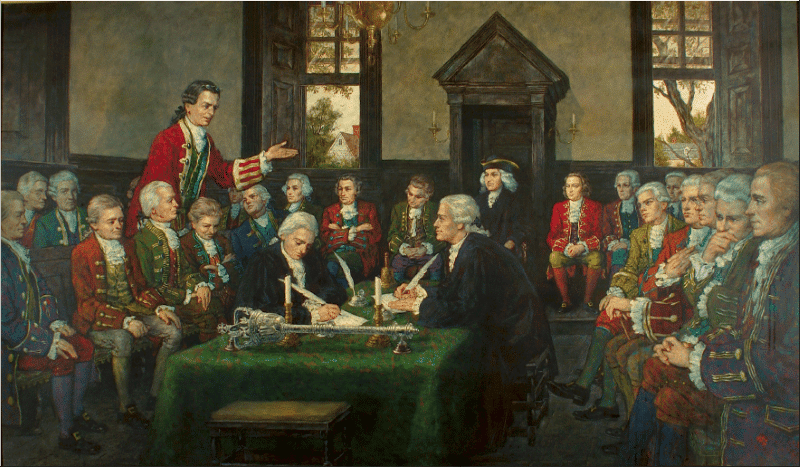
accessed November 22, 2022, https://edu.lva.virginia.gov/dbva/
So far in our consideration of American founding principles we have examined Magna Carta of 1215, and the English Bill of Rights, 1689, as documents advancing principles, like habeas corpus and due process of law, that would become important to American political tradition. The Virginia Bill of Rights is part of the Virginia Constitution of 1776 that Virginians adopted when they voted to secede from the British Empire a few weeks before publication of the Declaration of Independence. This document is a mature expression of American political thought in the Jeffersonian tradition. Several principles that inform this tradition are found in the Virginia Bill of Rights, but the rest we find contained in the Declaration of Independence, the Articles of Confederation, the Constitution of the United States, and artfully summed up by Thomas Jefferson in his first inaugural address.
Americans in the 18th century were in agreement that the purpose of moral and political reflection is action, and thus moral and political principles have meaning only when people act on them. When a president is inaugurated, he pledges to “preserve, protect, and defend the Constitution of the United States.” What does this mean? The oath is to protect and defend the Constitution of the United States, that is, to act in accord with the text of the Constitution, and to ensure that the constitutional officers serving at the pleasure of the president do the same. This assumes that Americans, including presidents, can read the Constitution and understand it for themselves. The document is not a mystery to be understood only by people of rare and esoteric training. It was debated and ratified by farmers and merchants as well as by lawyers. There is no clause in the Constitution that gives authority to the Supreme Court to interpret the Constitution for the rest of us. Before the Constitution was written and adopted, the states already had constitutions that were not superseded by it. Thus the meaning of the federal Constitution was intended to be understood in accord with the constitutions of the states that created the federal government. If the Constitution gave to the Supreme Court the authority to tell us what early Americans had ratified, the Constitution would have been rejected because the federal government would then be able to determine the limits of its own authority simply by “interpreting” the Constitution as a grant of endless power. If Americans are to ensure that the federal government observes the limits placed on it in the Constitution, then Americans in their localities and states must understand and act according to the principles of federalism contained within it.
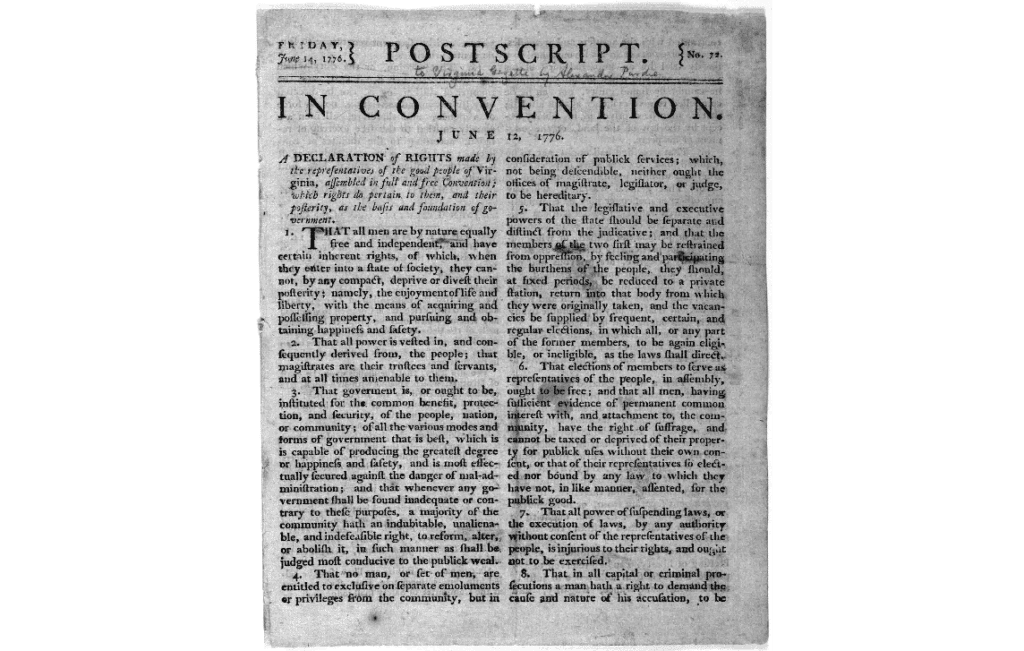
Principles of federalism are firmly and clearly advanced in the Virginia Bill of Rights. Federalism in the United States is the idea that political power should be held as close to home as possible, that governing authority rests in the people of each state as sovereign political societies, and that therefore the federal government, established in our Constitution, is but an artificial corporation created by the sovereign states for specified and limited purposes, and nothing else. How do a people sustain a decentralized political order in the face of a federal government seeking ever to expand its power relative to the states and the people thereof? This question was constantly in the air during the ratification conventions in each state in 1788/89. Many people saw in the proposed constitution a document containing key passages that are sufficiently vague to be interpreted to give more power to Congress than was intended, to the detriment of the federal political order established in our first constitution, the Articles of Confederation and Perpetual Union.
Thomas Jefferson wrote a letter to James Madison explaining how the people of each state can prevent the federal government from expanding its powers beyond those delegated in the Constitution. Jefferson’s explanation was succinctly expressed to the people of Massachusetts by the estimable Mercy Otis Warren: “…resist the first approaches of tyranny, which at this day threaten to sweep away the rights for which the brave Sons of America have fought….” Usurpation is the exercise by any branch of the federal government of a power not delegated to it in the Constitution. Since the federal government is a creature of the states, the argument goes, any act of the federal government that is in fact a usurpation must immediately be dismissed by the people of the several states. To fail to do this at the appearance of any usurpation, however small or even desirable, will be destructive of liberty in the long run. Jefferson put it to Madison this way. “To take a single step beyond the boundaries thus specially drawn around the powers of Congress, is to take possession of a boundless field of power, no longer susceptible of any definition.”
The Virginia Bill of Rights begins thus: “All men are by nature equally free and independent and endowed with rights held by nature, which include life, liberty, property, and the pursuit of happiness and safety. These rights, because deriving from human nature, we cannot deprive future generations by any compact of government we make during our lifetimes.” Here we find an interesting assertion that sounds odd to 21st-century ears. The idea is that since we have our rights from human nature, we can no more surrender the rights of our nature than we can surrender our nature itself. Therefore, the political arrangements we establish must be entered into voluntarily. But since each generation shares equally in human nature, no generation may enter into any “compact of government” that binds subsequent generations without their consent.
In 1789, Thomas Jefferson sent a letter ostensibly to James Madison, but likely in fact to the Marquis de Lafayette, inviting him to join with Jefferson in a serious consideration of this principle: “The earth belongs in usufruct to the living. The dead have neither right nor power over it.” Usufruct defines a legal arrangement in which a person has the right to use a piece of land and enjoy the fruit of it without holding legal title to it. So Jefferson is saying that we who are alive enjoy the right to cultivate the earth and enjoy it, but the dead have that right no longer. What this meant, and it is the intent in the Virginia Declaration, includes the idea that when a generation passes, their governments should leave no debt behind them, for then the dead would assert power over the earth to the detriment of the liberty of the living. This is a discussion about one of the cornerstone principles of the American founding: liberty first. Patrick Henry would assert that we should have no attachment to any government above our attachment to liberty. As vice president, John C. Calhoun offered this toast at a dinner: “To the union. Next to our liberty, most dear. May her burdens and benefits always be shared equally.”
The Virginia Declaration contains a principle central to our founding and asserted in the Declaration of Independence, which is that all power derives from the people (of Virginia, in this case) and thus all magistrates and office holders are servants of the people. Government is established to protect the community and the rights of citizens. Thus whenever government fails in these regards, “a majority of the community has an indubitable, inalienable, and indefeasible right to reform, alter, or abolish it, in such manner as shall be judged most conducive to the public weal.”
A principle dear to 18th-century Virginians, that was altered in the Constitution of the United States, is that “No property shall be taken for public use without the consent of the owner.” The Constitution allows the taking of property for public use so long as the owner is given “just compensation,” but the Virginia Declaration forbids this. The owner must consent…liberty first.
Included in the Virginia Declaration is an important restriction on government taken from the English Bill of Rights of 1689. “That excessive bail ought not to be required, nor excessive fines imposed, nor cruel and unusual punishments inflicted.” Moreover, there shall be no general warrants for these were seen to be the exercise of arbitrary power, which is the definition of tyranny. Of course, the right to keep and bear arms is affirmed along with freedom of the press, and of religion, but the Declaration concludes in a most interesting way that expresses a view of a free people that would be embraced in every colony of British America. “That no free government, or the blessings of liberty, can be preserved to any people but by a firm adherence to justice, moderation, temperance, frugality, and virtue and by frequent recurrence to fundamental principles.”
Thomas Jefferson expressed this same view twenty-five years later in his first inaugural address, in which he lists what he calls “the essential principles of our government,” and ends with this: “These principles form the bright constellation, which has gone before us and guided our steps through an age of revolution and reformation. The wisdom of our sages, and blood of our heroes have been devoted to their attainment:—they should be the creed of our political faith; the text of civic instruction, the touchstone by which to try the services of those we trust; and should we wander from them in moments of error or of alarm, let us hasten to retrace our steps, and to regain the road which alone leads to peace, liberty and safety.”
‘Tis the Season
by CWO5 Lisa Potts USMC (Ret)
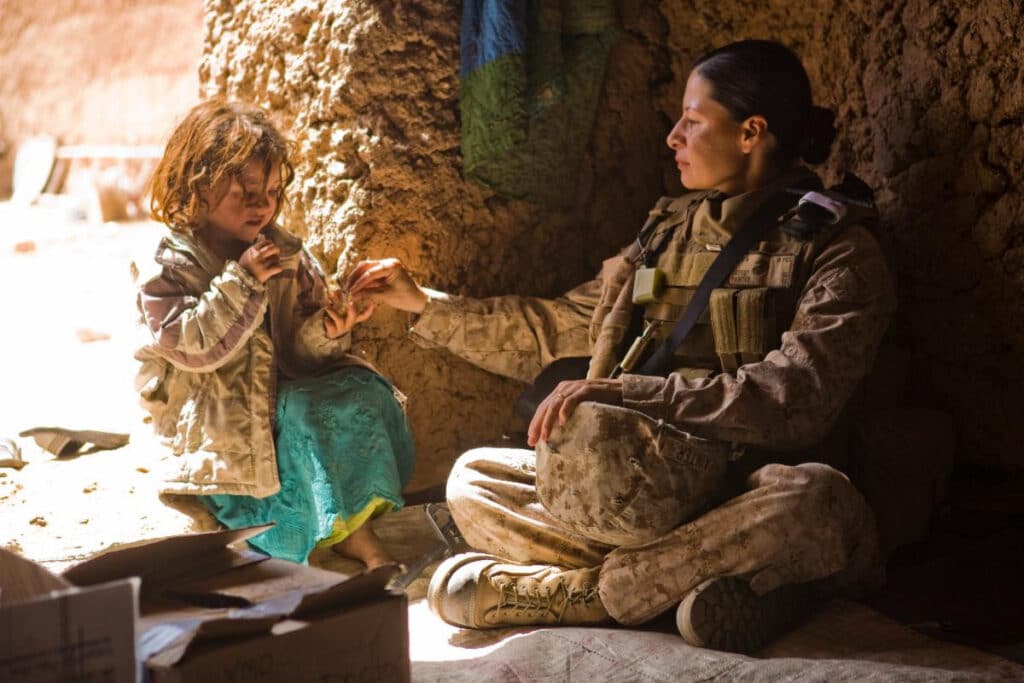
(official USMC photo by Corporal Mary Carlin, Combat Camera),
Female Engagement Team, Village Medical Outreach, MEB-A,
Helmand Province, Afghanistan, March 15, 2010.
Tis the season when Carolina Marines, Sailors and their families celebrate our heritage and the blessings of extended liberty with parades, birthday balls, and cake cutting ceremonies. Many Marines will return to their home states to visit loved ones. Others help collect Toys for Tots or share a holiday meal with those unable to be home with their families. Gunny Claus makes his rounds to visit the children of those forward deployed, bringing gifts and joy.
The American spirit of charity is a tradition that extends through Marines forward deployed across the globe. In the winter of 1966, LtGen Victor Krulak visited the Marines at Khe Sahn, in the central highland mountains of Vietnam. He observed that despite the rigors of war, the Marines of Khe Sahn had befriended a small village of Montagnards, members of the Bru tribe, two miles south of the airstrip. The Marines had built a schoolhouse with a playground, repaired a church, adopted an orphanage, and took up a collection to buy school supplies.[i] Many of the Bru tribesmen served in the Combined Action Company, bravely fighting alongside the Marines and Special Operating Forces.
Following the end of U.S. military operations in Vietnam, many Montagnards whom had fought alongside American Marines and Special Forces continued to fight the Vietnamese communists as the United Front for the Liberation of Oppressed Races into the early 1990s. In 1985, a group of 201 Montagnards fled to the Thai-Cambodian border.
North Carolina is home to U.S. Special Forces and the largest concentration of U.S. Marines in the nation. Led by an intense effort of Vietnam veterans, North Carolina became the preferred refuge for the first Montagnard resettlement. In 1992, another 398 Montagnard resistance fighters were rescued by United Nations Peace Keeping forces and quickly resettled in NC.[ii] Today, North Carolina is home to the largest population of Montagnards in the United States[iii] with communities in Greensboro, Charlotte, Raleigh, and New Bern.
As we give thanks and celebrate this season, we also remember the men and women forward deployed around the globe. Their gift of hope to those caught in a violent world is priceless.
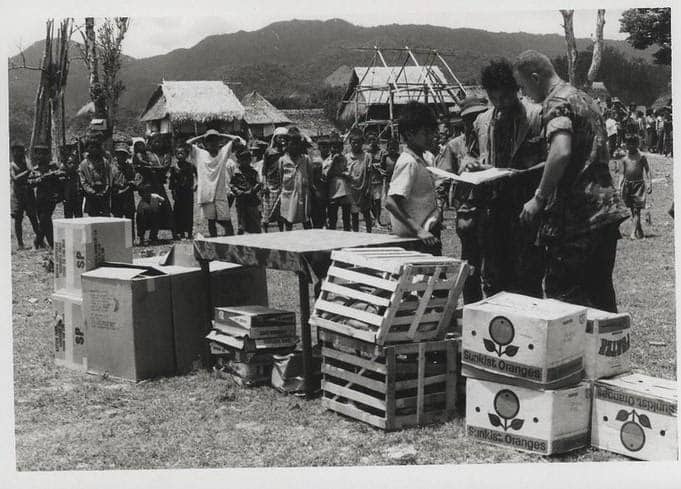
[1] Victor H. Krulak, First to Fight, Annapolis, MD: Naval Institute Press (1999), 209.
[2] Julia E. Taft, “Statement before the Senate Foreign Relations Committee,” Washington DC, March 10, 1998.
taft: 3/10/98 – Montagnards admission (state.gov) (accessed November 19, 2022).
[3] Raleigh Bailey, “The Montagnards: Their History and Culture, Washington, DC: Center for Applied Linguistics (2002) in Anchor NCpedia
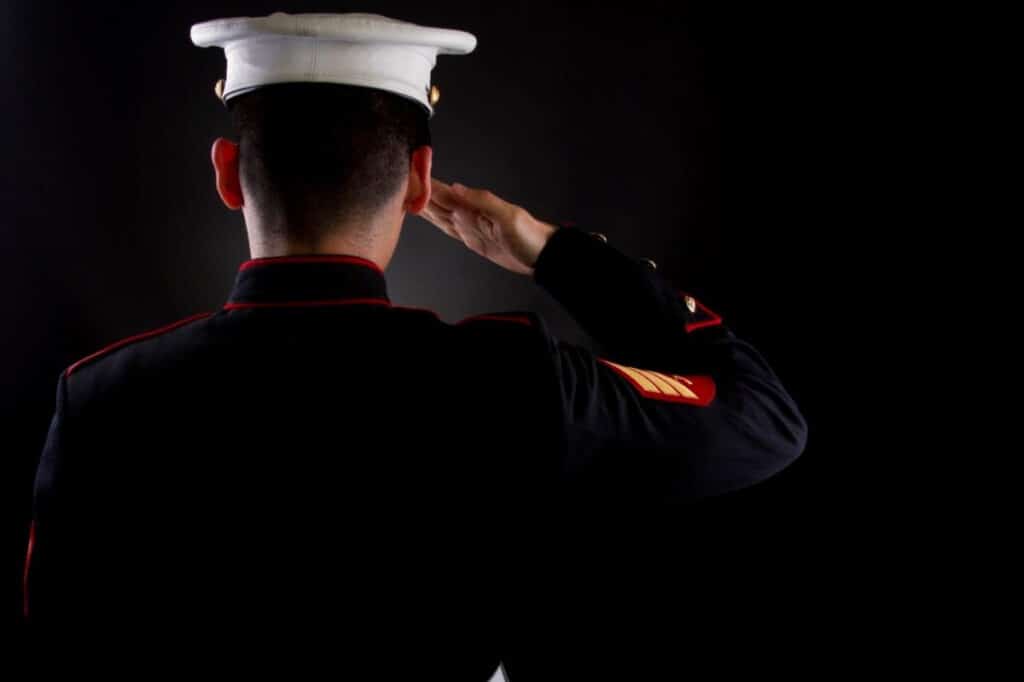

Marines and Sailors Unite for Us.
Local Auto Dealers Unite for Them!
Thank to Marine Federal Credit Union, Stevenson-Hendrick Toyota, Marine Chevrolet, Sanders Ford, Team Chevrolet and National Dodge Chrysler Jeep Ram for uniting throughout November to benefit Carolina Museum of the Marine.
We salute you!
We Salute You!

Marines Making News…

Visit Marines.mil for up-to-date information about United States Marines who are making news.
Please join us in supporting the mission of
Carolina Museum of the Marine
When you give to our annual campaign, you help to ensure that operations continue during construction and when the doors open!
Stand with us
as we stand up the Museum!
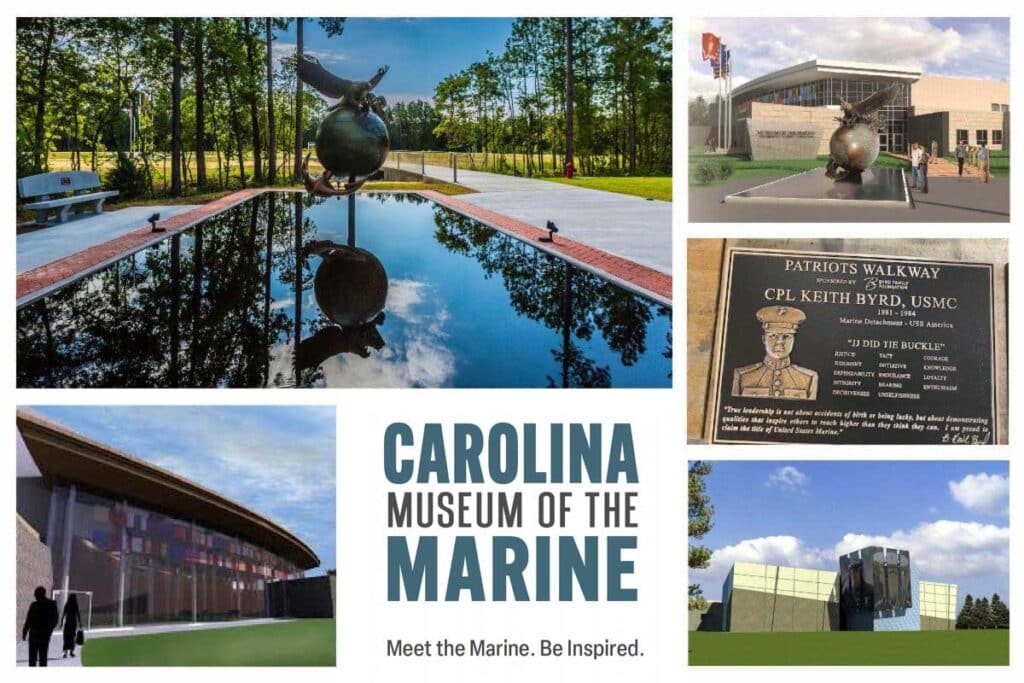
Copyright December, 2022
Carolina Museum of the Marine
2022-2023 Board of Directors
Executive Committee
LtGen Gary S. McKissock, USMC (Ret) – Chair
Col Bob Love, USMC (Ret) – Vice Chair
CAPT Pat Alford, USN (Ret) – Treasurer
Col Joe Atkins, USAF (Ret) – Secretary
Mr. Mark Cramer, JD – Immediate Past Chair
General Al Gray, USMC (Ret), 29th Commandant – At-Large Member
LtGen Mark Faulkner, USMC (Ret) – At-Large Member
Col Grant Sparks, USMC (Ret) – At Large Member
Members
Mr. Tom DeSanctis
MGySgt Osceola Elliss, USMC (Ret)
Col Chuck Geiger, USMC (Ret)
Col Bruce Gombar, USMC (Ret)
LtCol Lynn “Kim” Kimball, USMC (Ret)
CWO4 Richard McIntosh, USMC (Ret)
CWO5 Lisa Potts, USMC (Ret)
Col John B. Sollis, USMC (Ret)
GySgt Forest Spencer, USMC (Ret)
Staff
BGen Kevin Stewart, USMC (Ret), Chief Executive Officer
Ashley Danielson, VP of Development
SgtMaj Joe Houle, USMC (Ret), Operations and Artifacts Director
Richard Koeckert, Accounting Manager
Carolina Museum of the Marine is a nonprofit organization that is rigorously nonpartisan, independent and objective.



